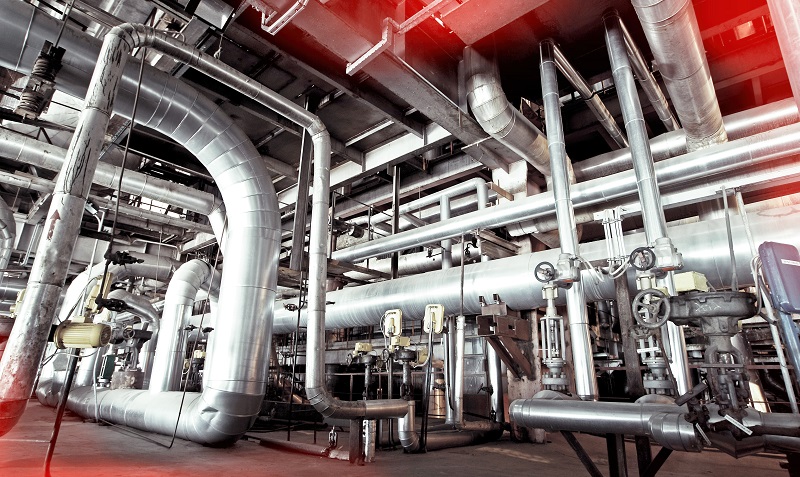Understanding the Basics of Modular Ducting Systems
Have you ever wondered about the secret behind maintaining a clean, healthy, and energy-efficient living environment in your home? Or how you can enhance the operational efficiency of your workshop, factory, or office? The answer often lies hidden within the walls and ceilings: the ducting systems.
Modular ducting systems are integral to a building's architecture, playing an indispensable role in maintaining optimum temperature and cleanliness levels. They are the unsung heroes of our homes and offices, quietly purifying our air, never demanding attention until something goes awry.
In this guide, we will delve deeper into understanding the nuts and bolts of modern modular ducting systems. By browsing through this comprehensive overview, you will unravel the significance of these sophisticated systems, master the principles underpinning them, understand the essential elements involved, and discover the potential benefits and drawbacks of implementing them in an architectural framework.
What are Modular Ducting Systems?
Modular ducting systems are essentially pre-engineered infrastructure components used to transport and distribute air within a particular space. This seemingly simple task is crucial in maintaining indoor air quality, temperature, and humidity control, and providing adequate ventilation.
Installed within the ceilings or walls, modular ducting systems are based on a standardized, plug-and-play model that facilitates easy assembly, disassembly, and allocation. The versatility of these ducting systems stem from their modular design, enabling them to be custom-fit into any spaces, regardless of their size, shape, or structure.
In the world of architecture and construction, time is money, and modular ducting systems significantly reduce installation time, optimizing both cost-effectiveness and efficiency.
Why are Modular Ducting Systems Important?
The bulk of contemporary architectural designs prioritize functionality and aesthetics in equal measure. A key part of this strategy includes creating comfortable, healthy, and energy-efficient indoor environments.
Modular ducting systems provide an effective solution as they directly influence the internal air conditions of a building—whether it's a home, an office, or a large-scale manufacturing unit. Leaving behind their traditional counterparts, modular ducting systems offer a strategic balance of quality, efficiency and affordability.
Their inherent flexibility allows us to shape and design our architectural plans without being bogged down by spatial constraints – an asset prized in complex constructions, renovations, or retrofitting projects.
What to consider when choosing a Modular Ducting System?
There are several aspects to consider when shopping for the perfect modular ducting system. It involves understanding the physical specs of your space, determining the air change and temperature requirements, and gauging the need for adjustability and expansion.
Understanding your needs is crucial to choosing the right system. For example, an industrial unit might require a heavy-duty ducting system that can withstand high temperatures, while a residential setup might prioritize noiseless operation and energy efficiency.
Comparing manufacturers is also vital. A comprehensive cost-benefit analysis can guide your choice, but factors like quality of materials, easy installation, maintenance needs and warranty options must not be overlooked.
Pros and Cons of Modular Ducting Systems
Like any architectural component, modular ducting systems come with their list of positives and drawbacks.
Pros include the ease of assembly and installation, the inherent long-life durability, the high-performance levels even in demanding conditions, and the financial savings harvested from efficient energy usage and reduced maintenance costs.
On the downside, the initial cost of high-quality systems can be substantial. There's also a risk of leakage if the system is improperly installed. Additionally, despite their modular nature, severe space limitations can still make their installation a difficult task in some cases.
Conclusion
The adoption of modular ducting systems is a pivotal consideration in modern architectural designs. As we have dissected in this blog post, they provide effective solutions to a range of requirements, from maintaining comfortable living environments to contributing to energy efficiency and cost control in industrial units.
While the downside of the initial investment may seem substantial for some, the benefits reaped in terms of performance, efficiency, and future financial savings outweigh the upfront costs. To find the perfect fit for you, understanding your specific needs is paramount. A thorough analysis backed by expert consultation can help you unlock the true potential of these flexible, robust, and high-performing ducting systems.
Make sure your home, office or industrial unit is breathing easy today, and every day, with a well-designed, finely tuned modular ducting system!








No comments :
Note: Only a member of this blog may post a comment.